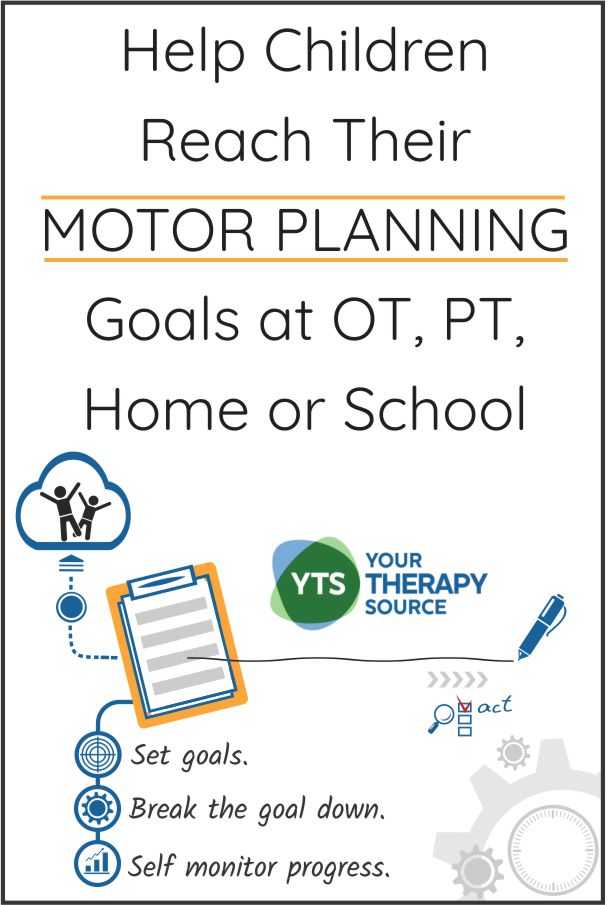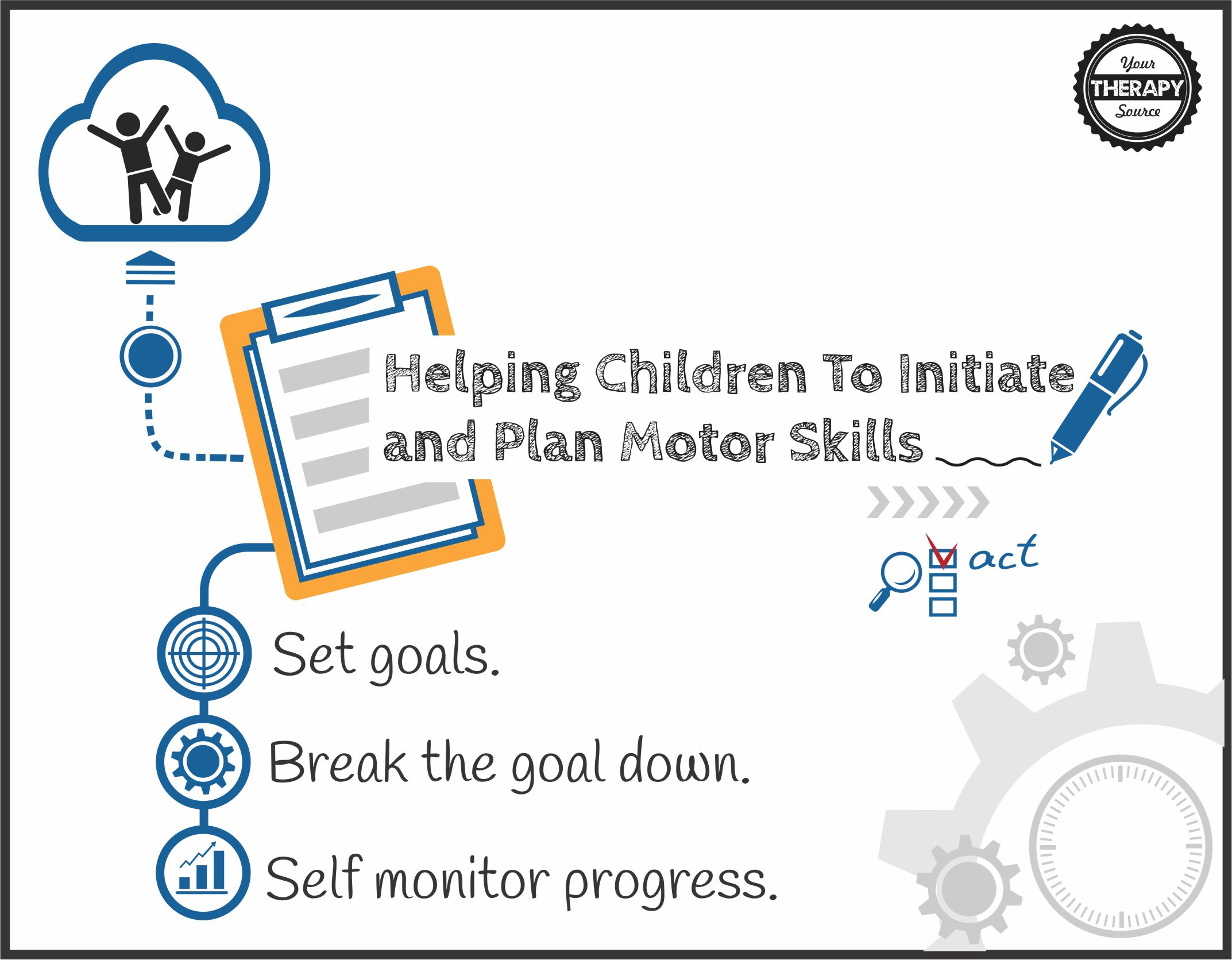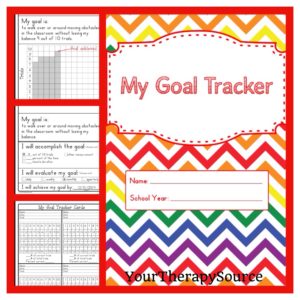Help Students Achieve Motor Planning Goals in Occupational Therapy, PT, Home or School
Are you a school-based therapist, parent, or teacher who help students on motor planning goals at occupational therapy, physical therapy, home or school? Children who struggle with executive functioning deficits may have difficulties learning how to initiate and plan motor skills.

Strategies to Help Initiate and Plan When Learning New Motor Skills
Here are 3 strategies to help initiate and plan when working on motor planning goals in occupational therapy, physical therapy or in the classroom.
Work with children to establish the end goal.
By asking open ended or more direct questions to the child, determine specifically what the end goal is for him or her. Make sure everyone is on the same page on the end functional goal. You can help guide students to establish motor planning goals in occupational therapy or physical therapy. Try asking some of the questions below. Do they want to:
- learn how to catch a ball in gym class?
- Climb the playground equipment?
- Write faster?
- Learn self calming techniques?
- Maintain personal space?
- Complete assignments quicker?
Here is an example of student generated goals from My Goal Tracker.
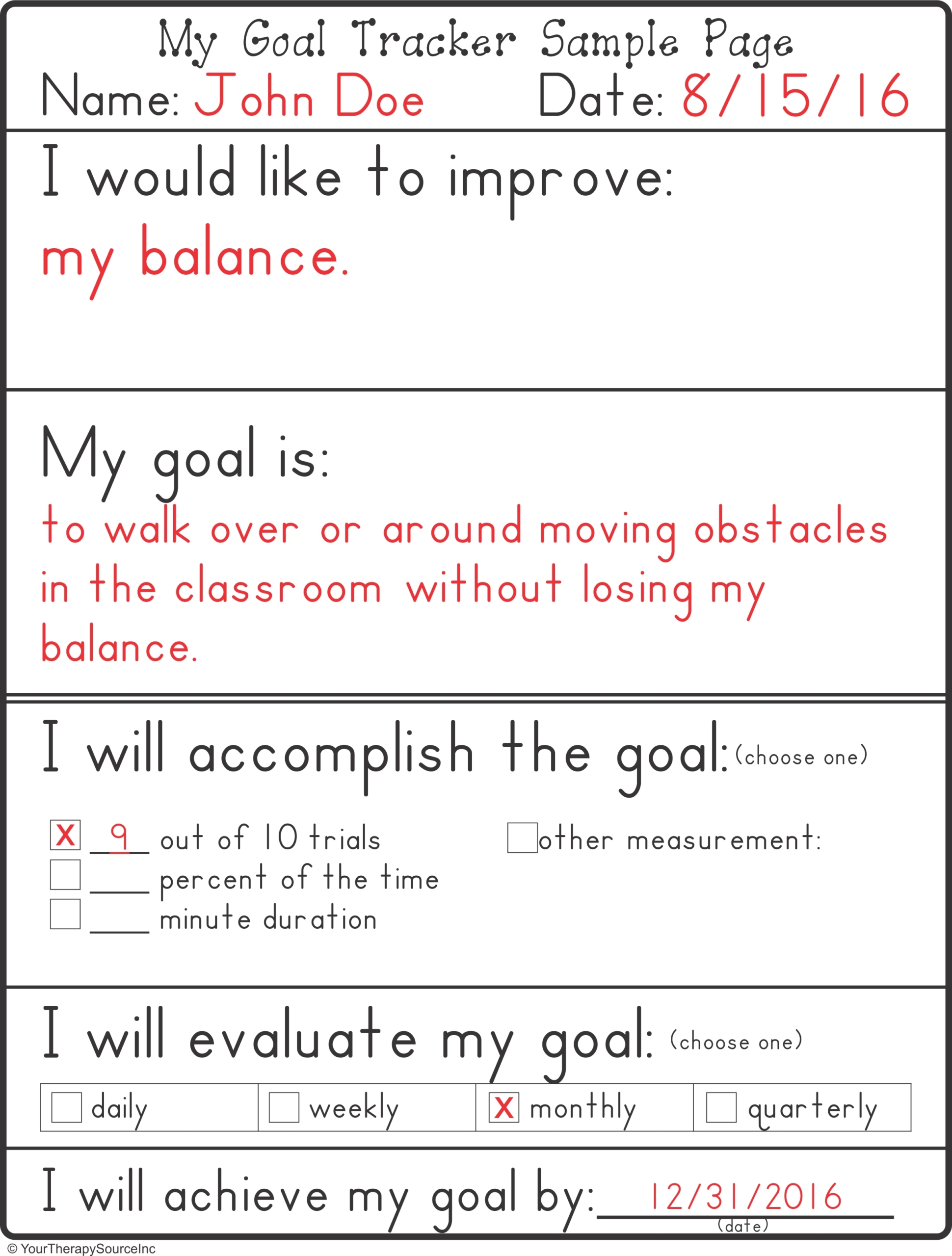
By establishing a specific end goal, children will understand the clear intent of why they are learning the skill which will hopefully drive intrinsic motivation. Intrinsic motivation in the classroom is the ability to complete a skill or activity based on personal interest, achievements, and enjoyment not for external rewards.
Break Down the Motor Planning Goals in Occupational Therapy
Help the child to determine what steps need to be taken to achieve the goal ie practice sessions, modifications, etc. Let the student help map out how to break up the skill.
Try using this four square idea to get started.
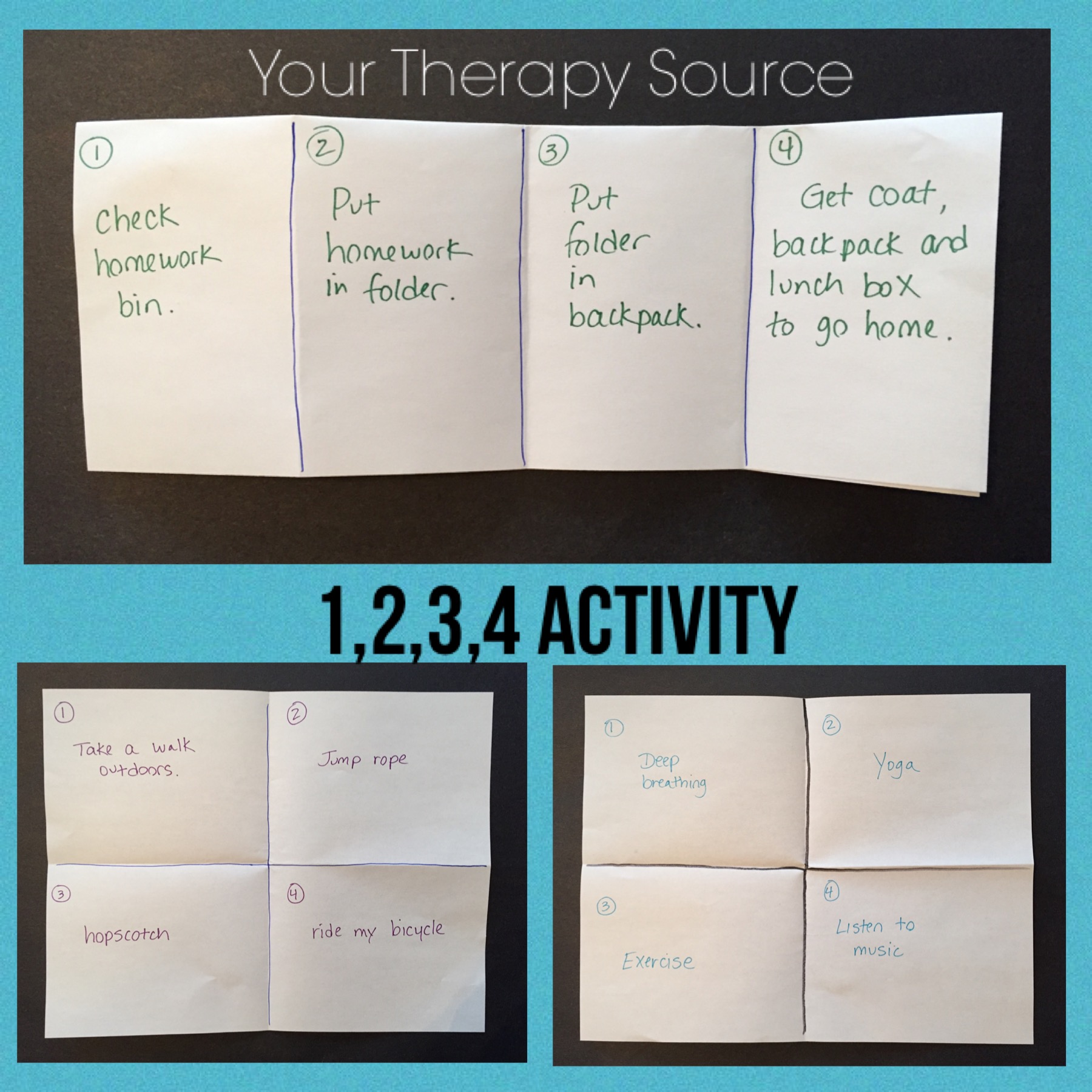
Ask questions to help prompt the child if necessary but do not just provide the solution to the problem. If the student is able, write down a timeline of when each part will be completed. For example, if the student is learning how to climb stairs in a crowded stairwell, then the timeline could include activities such as climb the stairs independently with visual distractions in the stairwell, climb the stairs independently with one other student in the stairwell and finally climbing the stairs with many students in the stairwell. Set dates for each skill to be accomplished. If the student is tackling a big academic project, encourage him/her to set specific dates with specific directions for each part of the project.
Stop, reflect and review.
When you are moving through each “piece” of the overall goal stop, reflect and review. To encourage staying on task, the student can self talk asking “is what I am working on now going to help me achieve the goal?”. Review and check if the student is able to repeat what was previously learned and show 100% achievement of that “piece”? Ask the student if they need to change the timeline or any strategies that are being used. Encourage the student to reflect on what, if anything, could be done to improve it to do it better the next time?
My Goal Tracker: This is an electronic book of data collection forms for students to track their own progress. The student can track his/her goals over time, by monitoring the skills over the course of a day, week, month or quarter. This allows the student to get a visual picture of improvement, decline or maintenance of different skills.
Find out more information here.
How Can Self-Reflection Help with Motor Planning Goals in Occupational Therapy, PT, Home or School?
For older students, using formal self-reflection, can help to determine if there is a pattern indicating that certain strategies seem to help more than others.
Using a self-reflection journal helps you analyze your personal growth. By keeping a record of your ideas, reasons, actions, techniques, and assessments you can plan for your future and facilitate a positive outcome.
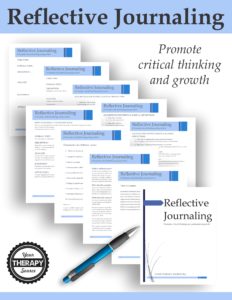
Anyone can benefit from reflective journaling. Professionals can use critical thinking to improve their decision-making skills. Parents as primary teachers of children can reflect on how to foster independence and growth in themselves and their children. Students can problem solve assignments to improve academic growth.
Learn 7 tips to increase the time you spend working on your motor planning goals.
Read more on Motor Planning
Motor Planning, Autism and Catching Skills
5 Activity Ideas to Practice Motor Planning
Motor Planning Activity Using Pool Noodles – Watch the Video
